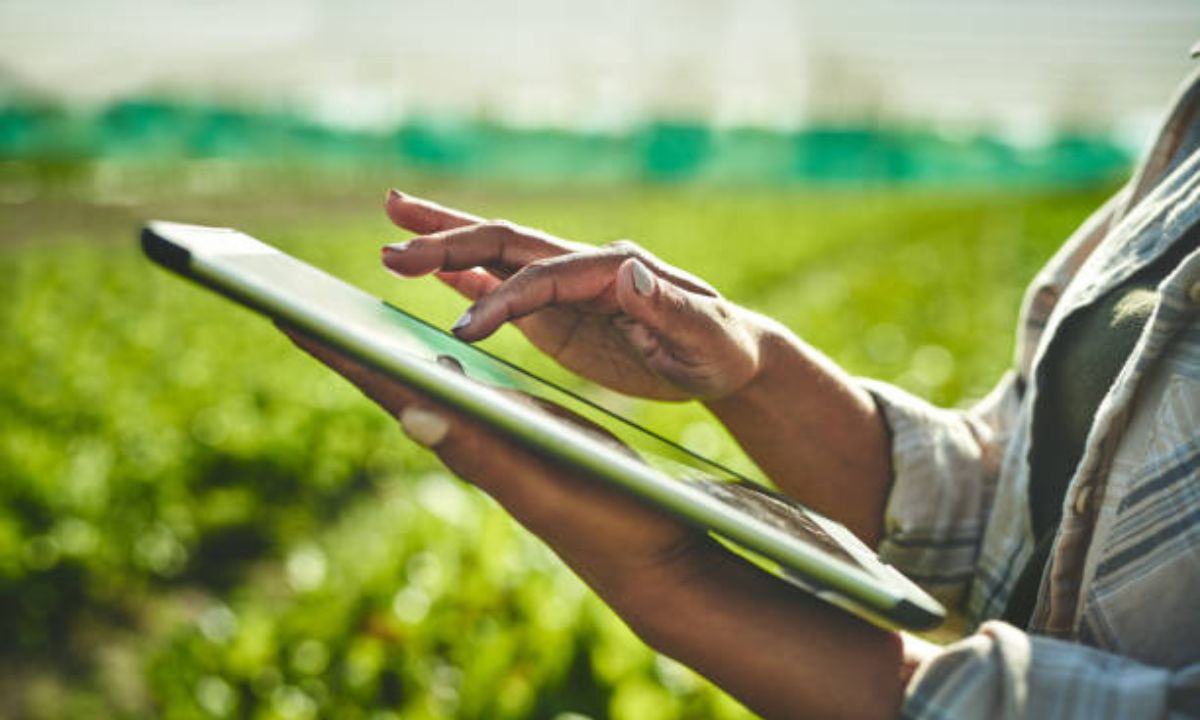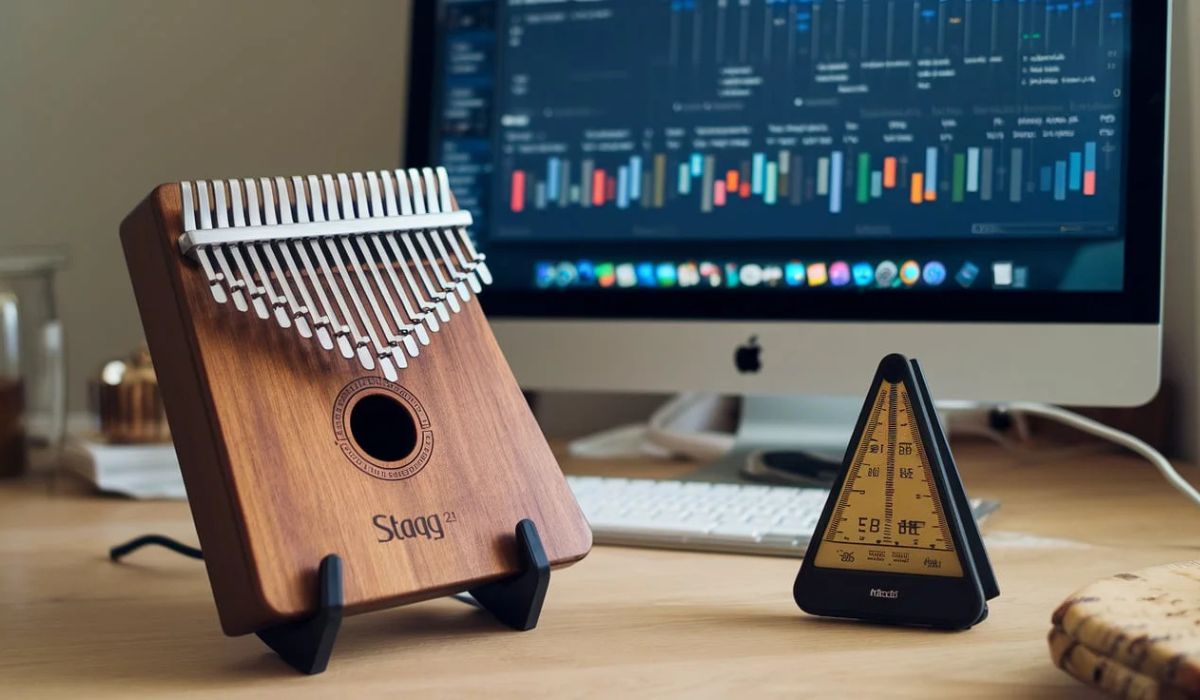Modern agriculture faces some of its greatest challenges yet—pests and diseases that not only reduce crop yields but also threaten global food security. Farmers, researchers, and technologists are now exploring innovative solutions, and Python, with its computational power and versatility, is at the forefront of transforming agriculture. Combined with global mapping technologies, Python is enabling data-driven solutions that bridge the gap between agricultural research and real-world farming practices.
This article dives deep into how integrating Python applications with global maps is revolutionizing the way we manage pests and diseases. We’ll explore the possibilities, highlight real-world examples, and examine challenges and prospects for this game-changing technology.
Understanding the Problem
The Impact of Pests and Diseases on Agriculture
Pests and diseases are a persistent menace to agriculture, causing losses of billions of dollars annually. According to the Food and Agriculture Organization (FAO), pests and plant diseases account for up to 40% of global crop losses each year. These challenges not only affect individual farmers but also exacerbate global food insecurity, particularly in developing regions.
Climate change further worsens the problem, altering pest breeding cycles and enabling diseases to spread to previously unaffected areas. This dynamic makes traditional methods of pest and disease management, such as pesticides and manual monitoring, less effective and requires modern, scalable solutions.
Limitations of Current Management Strategies
While traditional approaches such as chemical pesticides and biological controls are common, they come with significant drawbacks:
- Overuse of pesticides harms the environment and threatens human health.
- Manual pest and disease surveillance is slow and labor-intensive.
- Reactive rather than predictive strategies lead to avoidable losses.
These limitations highlight the urgent need for technology-driven, data-specific approaches for tackling pests and diseases in agriculture.
The Role of Python in Agriculture
Why Use Python for Agricultural Applications?
Python is celebrated for its versatility, simplicity, and broad array of libraries, making it a favorite tool among developers, data scientists, and researchers. Here’s why Python works exceptionally well for agriculture:
- It offers libraries like NumPy, Pandas, and Scikit-learn that streamline large-scale data analysis.
- Machine learning frameworks, such as TensorFlow and PyTorch, use Python to create predictive pest and disease models.
- Visualization packages like Matplotlib and Seaborn provide insights through intuitive graphical representations.
Applications of Python in Pest and Disease Management
Python has proven instrumental in automating and enhancing pest and disease control. Below are examples of its applications:
- Pest Detection Models: Python-based machine learning algorithms can analyze crop images to detect pests early. Libraries like OpenCV are often used for this purpose.
- Disease Prediction: Python is used to develop models that predict outbreaks by monitoring weather patterns, soil health, and historical data.
- Precision Farming: Python applications assist in delivering real-time data to farmers, enabling precise decisions on irrigation, pesticide usage, and crop rotation.
These Python applications are making agricultural processes smarter, helping mitigate risks, and saving precious resources for farmers globally.
Integration with Global Mapping
The Benefits of Combining Python and Global Maps
Maps are invaluable tools for agriculture, offering spatial insights that enable farmers and researchers to monitor and predict pest and disease patterns in real-time. When Python applications integrate with global mapping technologies, the results are transformative:
- Real-Time Tracking: Farmers can track pest migrations and disease spread on high-resolution maps.
- Weather-Driven Insights: Overlaying weather data on crop fields helps predict future pest outbreaks.
- Predictive Analytics: Advanced mapping technologies link historical pest activity with Python-driven predictions for proactive interventions.
Case Studies of Successful Integration
- Locust Outbreak Surveillance: Python, combined with satellite-based mapping tools like Google Earth Engine, monitored locust swarms across Africa and Asia, providing early intervention for farmers.
- Crop Health Monitoring: By using Python with GIS (Geographic Information Systems), researchers successfully mapped disease-affected zones in wheat and rice fields in India, ensuring targeted interventions.
These integrations illustrate how Python and mapping technologies are already protecting crops and boosting yields on a global scale.
Bridging Research and Farming Practices
Enhancing Communication Between Researchers and Farmers
One of the greatest challenges in agriculture is effectively translating academic research into actionable insights for farmers. Python applications, combined with mapping tools, are bridging this gap by:
- Simplifying complex data into actionable recommendations.
- Providing apps and dashboards farmers can easily use.
- Delivering region-specific pest and disease alerts to farmers using mobile notifications.
Real-World Applications on Farms
Today, field-ready tools powered by Python and mapping technologies are being widely adopted. For example:
- Mobile apps with interactive maps help farmers apply fertilizers precisely.
- AI-powered drones scan fields using Python-driven algorithms to detect pests early and implement localized treatments.
The synergy between researchers and farmers through these tools is creating a more connected, efficient agricultural landscape.
Future Prospects and Challenges
Potential Advancements
The potential of Python and mapping in agriculture is immense. Future innovations may include:
- AI-Powered Drones: Fully autonomous drones capable of mapping and treating vast fields using Python-based models.
- Blockchain Integration: Combining Python and blockchain for transparent supply chain management.
- IoT Networks: Enhanced integration between Python applications and IoT devices for real-time field updates.
Challenges and Limitations
However, some hurdles remain:
- Cost and Accessibility: High-tech solutions may not yet be affordable for small-scale farmers worldwide.
- Data Scarcity: Limited access to quality data in some regions can hinder accuracy.
- Skills Gap: Farmers need training to effectively use Python-based technologies.
By addressing these challenges, Python innovations can be scaled globally to benefit farmers of all sizes.
The Future of Agriculture Lies in Innovation
Python applications integrated with global mapping technologies are transforming the way we address pests and diseases in agriculture. From predictive analytics to precision farming, these tools are empowering farmers with data-driven insights that ultimately lead to better yields, reduced losses, and improved sustainability.
Innovation in agriculture doesn’t stop here. To keep learning about cutting-edge technologies shaping the farming industry, stay connected with us. Explore how Python-driven tools can revolutionize your practices today.
Conclusion
The future of agriculture is being powered by innovation and technology, and the possibilities are truly limitless. By leveraging tools like AI, machine learning, and Python-driven solutions, farmers can tackle age-old challenges with newfound efficiency and precision. These advancements not only boost productivity but also pave the way for a more sustainable and resilient global food system. Together, we can cultivate smarter, greener, and more profitable farming practices that benefit everyone. Let’s continue to innovate and grow!
YOU MAY ALSO LIKE
Agrawau: A Global Leader in Food Export and Import
FAQs
How is Python used in agriculture?
Python is used for developing pest and disease detection models, analyzing crop health, and enabling precision farming through real-time data insights.
What is the role of global maps in agricultural technology?
Global maps provide spatial insights that allow tracking of pest migrations, monitoring disease spread, and optimizing crop management.
Can Python models predict agricultural pests?
Yes, Python’s machine learning models analyze historical and environmental data to predict pest outbreaks and suggest preventive measures.
Is this technology affordable for small-scale farmers?
While costs can be a barrier, many initiatives aim to make Python-driven applications more accessible and scalable for small-scale farmers.
What are the benefits of combining Python with global mapping?
Integrating Python with maps enables real-time pest tracking, weather-driven disease prediction, and region-specific agricultural insights.











